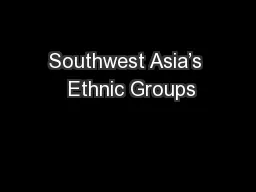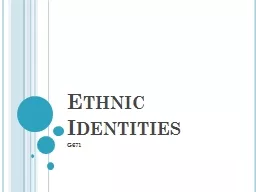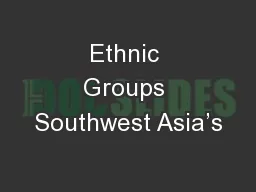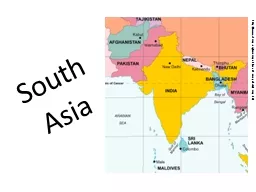PPT-Southwest Asia’s Ethnic Groups
Author : lois-ondreau | Published Date : 2018-09-24
Arabs Kurds amp Persians Standards SS7G8 The student will describe the diverse cultures of the people who live in Southwest Asia Middle East a Explain the differences
Presentation Embed Code
Download Presentation
Download Presentation The PPT/PDF document "Southwest Asia’s Ethnic Groups" is the property of its rightful owner. Permission is granted to download and print the materials on this website for personal, non-commercial use only, and to display it on your personal computer provided you do not modify the materials and that you retain all copyright notices contained in the materials. By downloading content from our website, you accept the terms of this agreement.
Southwest Asia’s Ethnic Groups: Transcript
Download Rules Of Document
"Southwest Asia’s Ethnic Groups"The content belongs to its owner. You may download and print it for personal use, without modification, and keep all copyright notices. By downloading, you agree to these terms.
Related Documents














